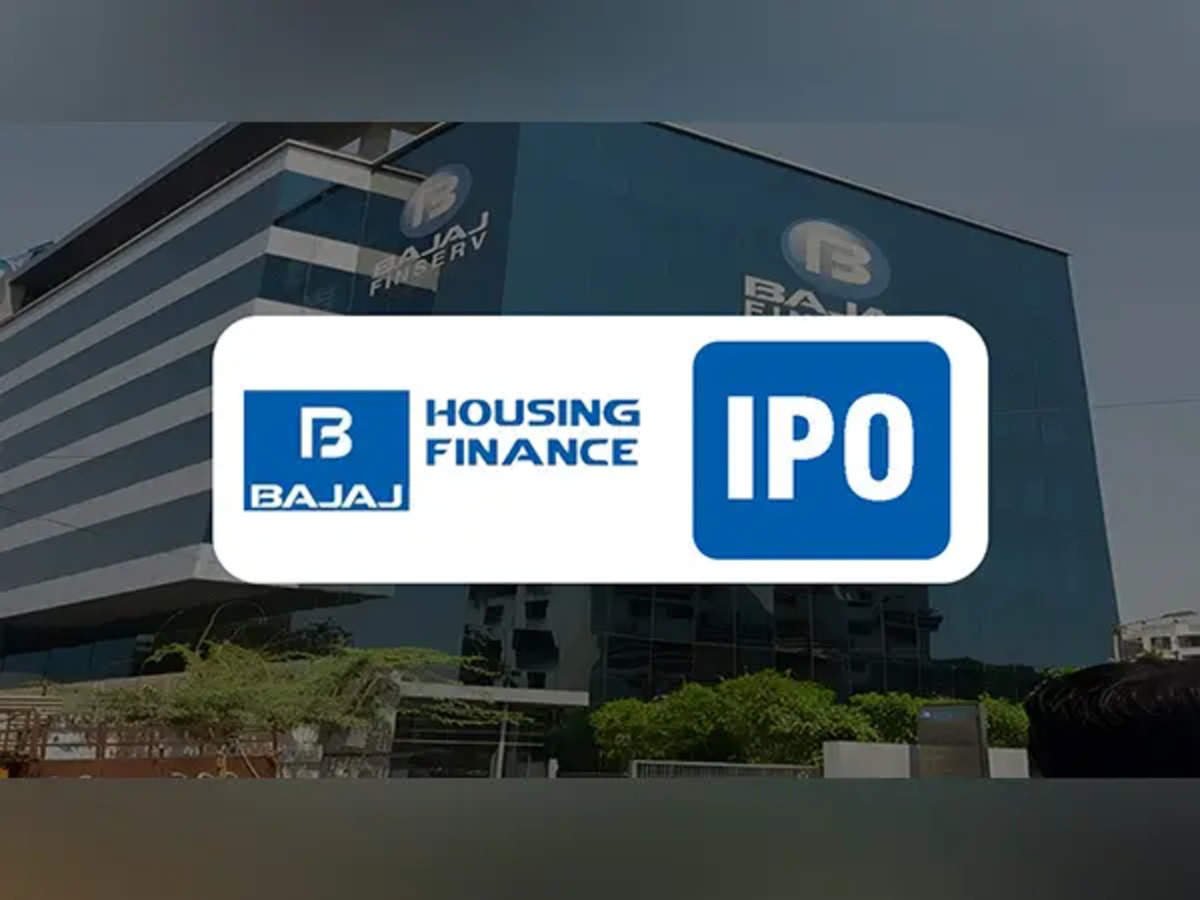Bajaj Housing Finance shares, one of the most successful IPO listings of the year, is facing a potential downturn, according to brokerage firm HSBC. The firm has initiated coverage on Bajaj Housing Finance with a “reduce” rating, setting a price target of ₹110. This target implies a possible 27% decline from its current trading levels of ₹151.3. While the shares are still above their IPO price of ₹70, HSBC’s bearish outlook is raising concerns.
HSBC’s Analysis and Outlook
HSBC highlighted several factors contributing to their prediction:
- Valuations: Bajaj Housing Finance’s current valuations, at 5.5 times financial year 2026 price-to-book and 44 times financial year 2026 price-to-earnings, suggest steep expectations of growth in Assets Under Management (AUM) and earnings.
- Growth Concerns: Despite a robust AUM growth of 26% in the September quarter, crossing the ₹1 lakh crore mark, HSBC believes that the company’s Return on Assets (RoA) is at its peak, and Earnings per Share (EPS) growth will slow due to pressure on Net Interest Margins (NIMs) and normalised credit costs.
- Valuation Risks: HSBC sees risks in Bajaj Housing Finance’s current valuation, which implies a 10% long-term growth and a 17% Return on Equity (RoE). However, the brokerage estimates RoE at a lower 14.6%. Additionally, other large Non-Banking Financial Company (NBFC) peers offer a better value proposition with higher RoE and stable growth outlook.

Potential Upside Risks
While HSBC has a cautious outlook, they do point to some upside risks. RoA compression could mitigate by lower credit costs, faster operating leverage, and minimal compression in NIMs if the cost of funds moderates quickly.
Read More: Amazon Great Indian Sale 2024: Discover the Best Washing Machine Deals for Your Home!- Click Here
Conclusion
Bajaj Housing Finance shares remains a high-quality franchise with a diversified AUM mix and well-managed liquidity. However,
HSBC analysis suggests that the current market optimism may be overdone,
and investors should cautious about potential downside risks in the stock valuation







